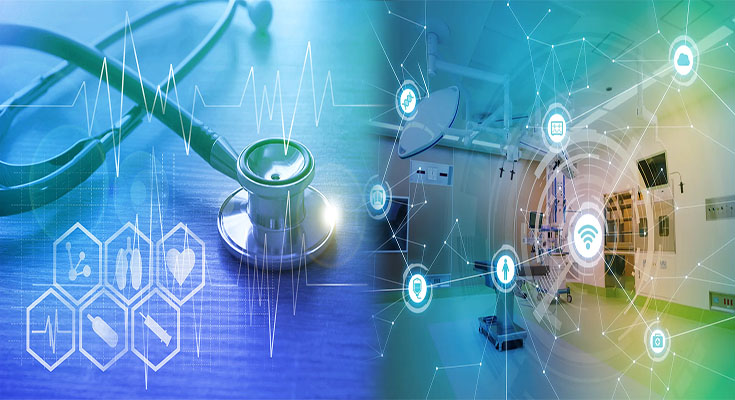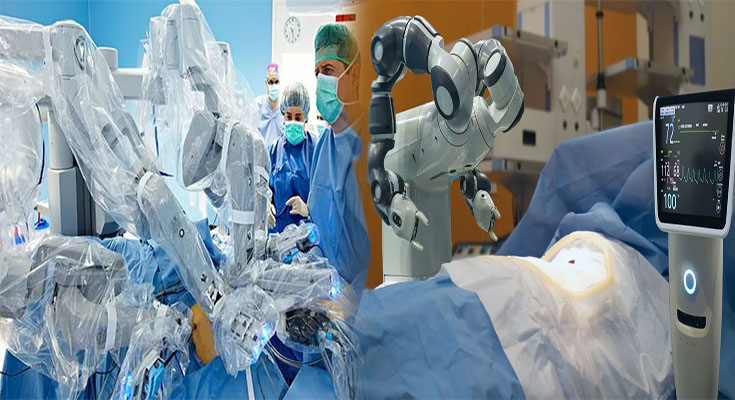
Examining the Effectiveness of Educational Research: Approaches and Implications
Effective educational research is critical in enhancing teaching and learning in the education sector. It helps to identify areas of improvement, develop effective strategies, and measure the impact of different educational interventions. In this article, we will explore the effectiveness of educational research by examining different approaches and implications.
- Experimental designs: The use of experimental designs is one of the most common approaches to examine the effectiveness of educational research. Experimental designs involve randomly assigning participants to different groups and measuring the effects of an intervention or treatment. For instance, the effectiveness of a new teaching technique can be examined by randomly assigning participants to a group that receives the new technique or a group that doesn’t receive it. This approach allows researchers to examine the impact of the intervention and identify causal relationships.
- Quasi-experimental designs: Quasi-experimental designs are similar to experimental designs, but they do not involve random assignment





